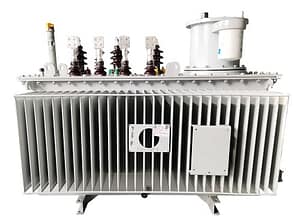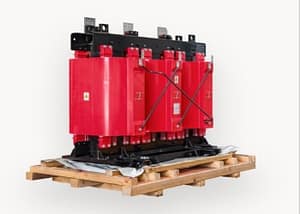Electronic Components Supplier | Transformers, Inductors, Inverters
Small Transformers: Compact Powerhouses in Modern Electronics
Introduction
Transformers are essential components in electrical and electronic systems, enabling efficient voltage conversion, isolation, and signal transmission. While large transformers are commonly used in power distribution, small transformers play a critical role in consumer electronics, telecommunications, and low-power applications. This article explores the functions, types, and applications of small transformers in modern technology.
What is a Small Transformer?
A small transformer is a compact version of a traditional transformer, designed to operate at lower power levels (typically ranging from milliwatts to a few hundred watts). These devices maintain the same fundamental principle of electromagnetic induction but are optimized for size, efficiency, and integration into portable and miniaturized circuits.
Key Characteristics:
-
Compact size (often surface-mountable or embedded in PCBs)
-
Low power handling (suitable for electronics rather than grid power)
-
High efficiency (minimal energy loss in conversion)
-
Wide frequency range (used in both power supplies and signal processing)
Types of Small Transformers
Small transformers can be categorized based on their applications:
-
Power Transformers
-
Used in AC/DC adapters, chargers, and power supplies.
-
Example: Step-down transformers in phone chargers.
-
Audio Transformers
-
Isolate and match impedance in audio equipment.
-
Found in amplifiers, microphones, and speakers.
-
RF (Radio Frequency) Transformers
-
Used in communication devices for impedance matching and signal coupling.
-
Common in radios, antennas, and wireless systems.
-
Pulse Transformers
-
Transmit digital signals in circuits (e.g., Ethernet, gate drivers).
-
Provide isolation in switching power supplies.
-
Current Transformers (CTs)
-
Measure AC current in small-scale energy monitoring systems.
Applications of Small Transformers
Due to their versatility, small transformers are found in numerous devices:
-
Consumer Electronics (laptops, smartphones, LED drivers)
-
Medical Devices (isolated power supplies in patient monitors)
-
Industrial Automation (sensors, control circuits)
-
Renewable Energy Systems (solar inverters, battery management)
-
Telecommunications (modems, routers, signal processing)
Advantages of Small Transformers
-
Miniaturization: Enable compact and lightweight device designs.
-
Energy Efficiency: Reduce power losses in low-voltage circuits.
-
Isolation: Protect sensitive components from voltage spikes.
-
Reliability: Long lifespan with minimal maintenance.
Future Trends
With the rise of IoT (Internet of Things), wearable tech, and renewable energy, the demand for small transformers is growing. Innovations like planar transformers (using PCB windings) and high-frequency designs (for faster switching) are pushing the limits of efficiency and miniaturization.
Conclusion
Small transformers may be physically tiny, but their impact on modern electronics is enormous. From powering everyday gadgets to enabling advanced communication systems, these compact devices are indispensable in today’s technology-driven world. As electronics continue to shrink and evolve, small transformers will remain at the heart of efficient power and signal management.








